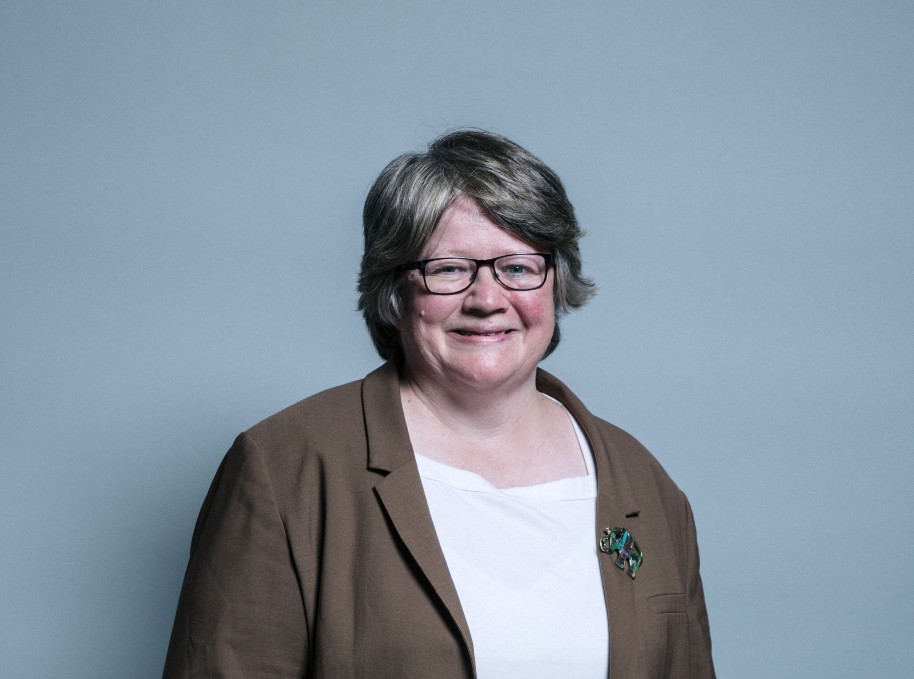
Thérèse Coffey took over as secretary of state for Environment, Food and Rural Affairs in October. Image: Chris McAndrew (parliament.uk).
Despite leadership changes, the Department for Environment Food and Rural Affairs (Defra) is still intending to review land use categories with regards to solar development, it has confirmed.
In the House of Commons on 17 November, shadow minister for Climate Change and Net Zero Kerry McCarthy asked if it was still the government’s intention to extend the definition of Best and Most Versatile (BMV) land to include category 3B land, effectively banning the development of solar on such.
“It is really important that we make the best use of our land, to have the food security that was referred to earlier,” stated Thérèse Coffey, secretary of state for Environment, Food and Rural Affairs.
“It is also important, when considering land use, that we think about the best place to put renewable energy. By and large, I think most people in this country would agree: let us have good agricultural land for farming, and let us use our brownfield sites for other energy projects too.”
Asked by Solar Power Portal following the comments to confirm that they mean the review of BMV land is still to be reviewed, Defra said the government would be continuing to look at ways to protect farming and energy security.
“We must ensure we have the right balance between food security and delivering long-term energy security,” Defra stated.
“Planning guidance continues to encourage placing large solar projects on previously developed and non-greenfield land, provided it is not of high environmental value.”
The review was first announced by Coffey’s predecessor Ranil Jayawardena in October, and was roundly criticised by the solar sector, as it would significantly impact the land available for the development of the clean energy technology in the middle of an energy crisis.
In the UK, land is categorised as 1-5, with a number of subsections, within the Agricultural Land Classification (ACL) scheme. Grade 1 is considered excellent quality agricultural land, best for growing fruit and salad crops for example, whilst Grade 5 is very poor quality agricultural land, suitable mainly for just permanent pasture or rough grazing.
Grade 3B denotes moderate quality agricultural land, suitable for supporting moderate yields of a narrow range of crops, principally cereals and grass.
Currently, the majority of solar farms are developed on land that is designated as 3B. As such, the extension of the BMV categorisation to 3B would effectively ban solar from around 41% of land in England, or about 58% of agricultural land.
Comparatively, if every solar farm currently put forward was built, this would still account for less than 0.4% of the UK’s agricultural land and 0.28% of the UK’s entire land area, according to Solar Energy UK.
And even if five times as many solar farms were built as the country pushes to increase the share of renewables within the energy mix, they would still only occupy less than 0.3% of UK land – less than half that currently taken up by golf courses.

